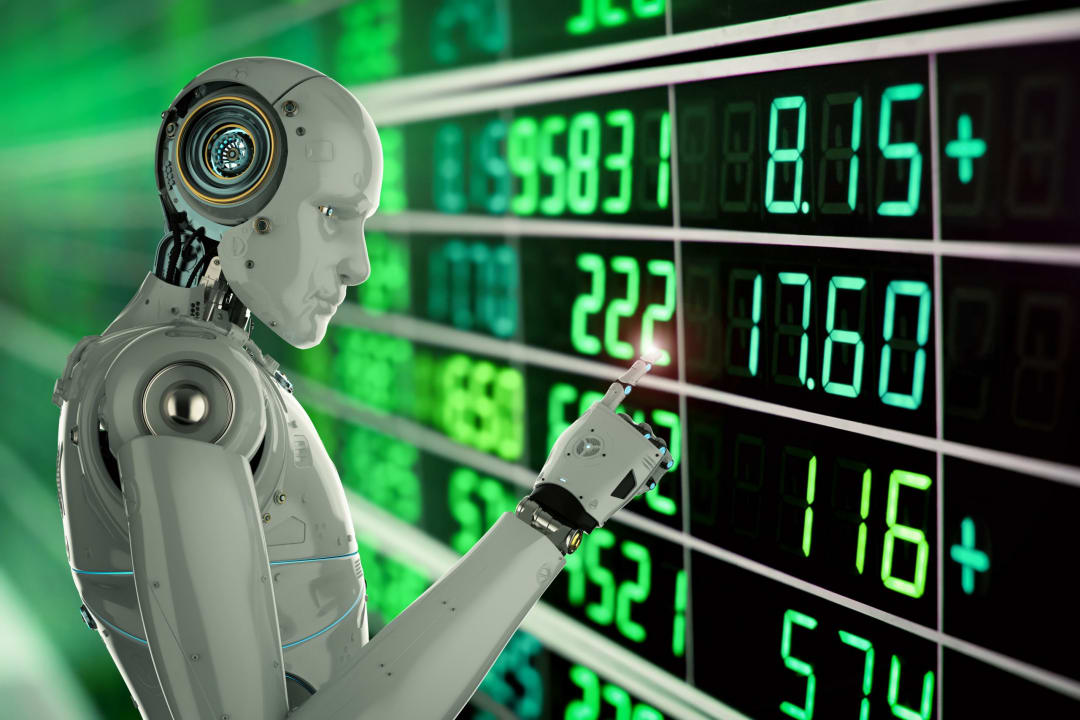In the ever-evolving landscape of financial markets, deep learning for price prediction is emerging as a powerful tool. By leveraging vast amounts of data, deep learning algorithms are transforming how we forecast market trends and make informed decisions. From seasoned investors to novice traders, understanding the potential of deep learning can provide a competitive edge.

Understanding Deep Learning
Deep learning is a subset of artificial intelligence that mimics the workings of the human brain in processing data and creating patterns for use in decision-making. It is particularly effective in identifying complex patterns and trends that traditional models might overlook.
Why Deep Learning for Price Prediction?
Financial markets are influenced by a multitude of factors, making accurate price prediction challenging. Deep learning offers the ability to analyze large datasets, thus identifying subtle patterns that can be pivotal in predicting price movements.
Historical Data Analysis
Deep learning algorithms can process years of historical data to identify trends and anomalies that could influence future prices. This ability is crucial in markets where historical patterns often repeat themselves.
Real-time Data Processing
In today’s fast-paced financial environment, the ability to process real-time data is invaluable. Deep learning models can analyze live data feeds to provide up-to-the-minute predictions, giving traders a significant advantage.
Pattern Recognition
One of the key strengths of deep learning is its capacity for pattern recognition. By identifying correlations between different financial indicators, deep learning models can make accurate price predictions, even in volatile markets.
Applications in Financial Markets
The applications of deep learning for price prediction are vast and varied. From stock markets to commodities and cryptocurrencies, deep learning is reshaping how traders and analysts approach price forecasting.
Stock Market Predictions
Deep learning models are being used to predict stock prices with unprecedented accuracy. By analyzing past performance and current market conditions, these models can forecast future stock trends, aiding investors in making informed decisions.
Cryptocurrency Analysis
The volatile nature of cryptocurrencies makes them ideal candidates for deep learning analysis. By processing large volumes of data, deep learning algorithms can predict price movements and help traders maximize their profits.
Commodity Market Forecasting
Deep learning is also making waves in commodity markets. By analyzing supply and demand trends, alongside geopolitical factors, these models can forecast price changes, helping traders navigate the complexities of these markets.
Challenges and Limitations
While deep learning holds immense potential, it is not without its challenges. Understanding these limitations is crucial for effectively leveraging deep learning in price prediction.
Data Quality and Availability
The accuracy of deep learning models is heavily dependent on the quality and availability of data. Inaccurate or incomplete data can lead to erroneous predictions, highlighting the importance of robust data collection methods.
Model Complexity
Deep learning models can be complex and require significant computational resources. This complexity can be a barrier for smaller firms or individual traders looking to implement these models.
Market Volatility
While deep learning models excel in stable market conditions, high volatility can pose challenges. Rapid market changes can lead to inaccurate predictions, underscoring the need for continuous model refinement.
Future Prospects
The future of deep learning for price prediction looks promising. As technology continues to advance, the accuracy and applicability of these models are expected to improve, offering even greater insights into financial markets.
Integration with Other Technologies
The integration of deep learning with other technologies, such as blockchain and the Internet of Things (IoT), could further enhance its predictive capabilities. This synergy could unlock new opportunities for traders and investors alike.
Regulatory Considerations
As the use of deep learning in financial markets grows, regulatory considerations will become increasingly important. Ensuring compliance with evolving regulations will be crucial in maintaining the integrity of these models.
Conclusion
Deep learning for price prediction is revolutionizing the way we approach financial markets. By harnessing the power of data, deep learning models provide unprecedented insights, helping traders and investors make informed decisions. As technology continues to evolve, the potential of deep learning in price prediction is limitless.
For more insights into the intersection of AI and finance, you can explore this informative article on AI in regulatory reporting or learn about AI in financial data extraction. Additionally, the rise of artificial intelligence in finance offers a broader perspective on these advancements.

FAQs
What is deep learning?
Deep learning is a subset of artificial intelligence focused on creating neural networks that mimic the human brain’s structure, allowing computers to learn from vast amounts of data.
How does deep learning improve price prediction?
By analyzing large datasets for patterns and trends, deep learning enhances the accuracy of price predictions in financial markets.
What are the challenges of using deep learning for price prediction?
Challenges include data quality, model complexity, and high market volatility, which can affect the accuracy of predictions.





